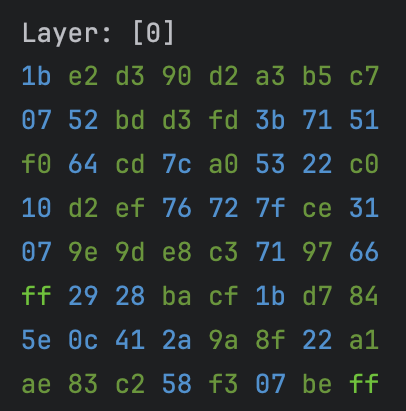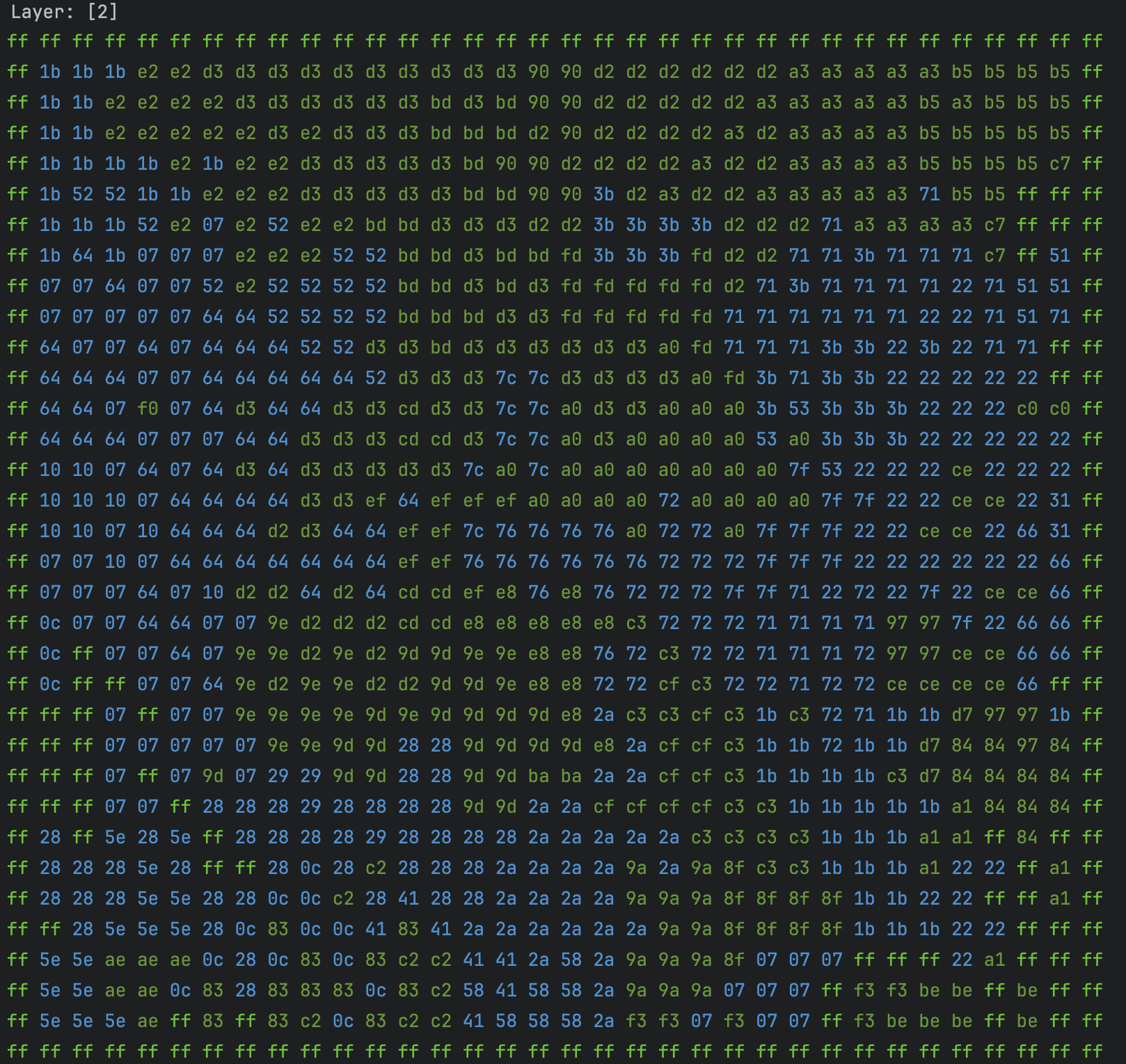Terrain Generation in Rust, Part 1
Following on from my last entry, let’s go into a little more detail about how the landscape generation was done. I mentioned briefly that I used a seeded expansion algorithm to ensure that landscape chunks were expanded consistently.
To recap, the problem was that the initial map size was too small for it to be interesting for the kind of gameplay I want, but generating a map of an interesting size would be slow and memory intensive. The solution for this was to use the top level map as a source for an expanded map using procedural generation techniques, where each iteration would double the size of the map. So, if we start with a map size of (e.g.) 100x100, then one iteration would make it 200x200, two would make it 400x400, three would make it 800x800, and so on. With a source map size of 1024x768, four or five iterations would make the map large enough to be interesting.
However, in order to make this process memory and time efficient, we do not want to expand the entire map per iteration. Instead, we divide the map into chunks. As mentioned previously, the original 1024x768 map (denoted layer 0) is, by definition, fully realized and doesn’t need chunking. Therefore it is a single chunk of 1024x768. However, subsequent layers (each representing a doubling of size of the previous layer) need to be chunked in order to not result in a exponential explosion of required memory and processing time.
I fairly arbitrarily chose of chunk size of 128x64, and therefore layers beyond zero are conceptually built from these chunks. During rendering, the render engine requests tile information from the chunk manager. The chunk manager checks its in-memory cache to see if the chunk is available. If not, it checks the disk cache. If it’s not there either, the chunk is created on the fly.
The following code excerpt shows a simple algorithm that simply doubles up the previous layer. That is, each tile in layer n-1 is reproduced as four tiles in layer n. This is the simplest possible scheme, and is ideal for testing the generation mechanism, as it produces easily predictable and hence testable output.
Although the method implementation is relatively straightforward, there are some complexities due to my coding it
to potentially support multithreaded generation. The parameters are child_chunk_bounds, which - fairly obviously -
contain the coordinate bounds of the chunk to populate, child_layer, which is the layer that contains the child
chunk, and parent_tiles, an indexed hash map of the tiles that will be used as the generator source. This last
parameter is created before it’s passed into the method rather than giving the method access to the parent layer
directly, as that caused issues with multithreading. (Whether I end up using multithreaded generation or not is still
up in the air, but it doesn’t hurt to code for the possibility in this instance). It’s not the cleanest implementation
possible, because I’m still passing in the child layer as a mutable parameter, but it’s at least 90% of the way to
being multithreading friendly.
fn generate_chunk_from_parent(
&self,
child_chunk_bounds: Bounds,
child_layer: &mut ChunkLayer,
parent_tiles: IndexMap<(IDim, IDim), TIndex, BuildHasherDefault<FxHasher>>,
) {
let (this_layer_x0, this_layer_y0, this_layer_x1, this_layer_y1) =
child_chunk_bounds.get_bound_coords(true);
let w = 2 + this_layer_x1 - this_layer_x0;
let h = 2 + this_layer_y1 - this_layer_y0;
let s = (w * h) as usize;
let mut child_tiles: IndexMap<(IDim, IDim), Option<TIndex>, BuildHasherDefault<FxHasher>> =
IndexMap::with_capacity_and_hasher(s, BuildHasherDefault::default());
// build the child tile map
for this_layer_y in this_layer_y0..this_layer_y1 {
for this_layer_x in this_layer_x0..this_layer_x1 {
// check existing tile
let tile_value = child_layer.get_at(this_layer_x, this_layer_y);
child_tiles.insert((this_layer_x, this_layer_y), tile_value);
}
}
child_tiles = self.generate_chunk_work_from_parent(
parent_tiles,
child_layer.manager_guid_bytes,
child_layer.layer_guid_bytes,
child_chunk_bounds,
child_tiles,
);
assert!(child_tiles.len() <= s);
// now fill the chunk from the tiles
for ((tx, ty), tile_value) in child_tiles.drain(..) {
let _ = child_layer.set_at(tx, ty, tile_value.expect("tile value not set"));
}
}
I believe that most of the method is self-explanatory (although please let me know if I’m wrong). The first thing the
method does is iterate over the internal chunk coordinates, building the list of tiles to be written to the chunk to
generate. The method generate_chunk_work_from_parent simply creates four tiles for every parent tile, doubling up the
parent. In short, for every coordinate (xc, yc) in the child, it construct parent coordinates
(xp, yp) = (xc/2, yc/2) and sets the child tile, tc at
(xc, yc), to the value of the parent tile tp at
(xp, yp). In other words, it doubles the parent layer. As I already stated, this makes for
a boring but easily testable chunk expansion process.
Where it gets fun is when we try to make the generation more interesting. I do this by introducing randomness into
the selection of parent tile to duplicate for the child.
This is done by reimplementing the generate_chunk_work_from_parent to select different tiles. That part is fairly
straightforward, so I’ll show only the meat of the selection process.
#[inline(always)]
fn choose_child_tile(
child_tiles: &mut IndexMap<(IDim, IDim), Option<TIndex>, BuildHasherDefault<FxHasher>>,
hasher: &mut FxHasher,
seed: &[u8; 32],
this_layer_y: IDim,
this_layer_x: IDim,
) {
let dx = Self::get_coord_offset(hasher, seed, this_layer_x);
let dy = Self::get_coord_offset(hasher, seed, this_layer_y);
if let Some(Some(tile_value)) = child_tiles.get(&(this_layer_x + dx, this_layer_y + dy)) {
child_tiles.insert((this_layer_x, this_layer_y), Some(*tile_value));
}
}
#[inline(always)]
fn get_coord_offset(hasher: &mut FxHasher, seed: &[u8; 32], coord: IDim) -> IDim {
hasher.write(seed);
hasher.write_isize(coord as isize);
(hasher.finish() % 3) as IDim - 1
}
Initially, the process works as described for the doubler, and the first pass simply doubles the parent tiles.
Then it performs a second pass, during which the generation process, the generate_chunk_work_from_parent method
calls choose_child_tile to select the tile to mutate. It does this by using the seed (derived from the chunk
coordinates) to generate an offset in the range of (±1, ±1), as performed by get_coord_offset. Because we
are using a seed based on the coordinates, this will always be the same for a specific coordinate set, irrespective of
generation order.
In order to visualize what this looks like, consider the following sequence of images generated by a unit test, showing the results of a two layer generation sequence. As can be seen, the original test layer 0 is an 8x8 array of random byte values. Layer 1 doubles in size to 16x16, and layer 2 again doubles to 32x32.
The astute observer will notice that layer 1 is actually displayed at 18x18, and layer 2 at 34x34.
This is because I arbitrarily chose FF as the out-of-bounds value returned when the generation process requested
a tile coordinate outside the map. This is shown as a border on layers 1 and 2 to illustrate where the otherwise
inexplicable FF values are coming from in those layers. For use in game, I would ensure that the borders of the
map were all sea, which would also be the out-of-bounds value. This would ensure that there wasn’t any “edge of the
map” weirdness and allow the player to wrap around the map if necessary in the standard “fake globe but is actually
a toroid” fashion.
In the next devlog post, I will talk about the caching and storage mechanisms, as well as some differences between the Rust and C# implementations that were necessitated by Rust’s borrow checker.

hiivelabs and its logo are registered trademarks of hiive llc.
All content © 2005-2024 by hiive llc.


